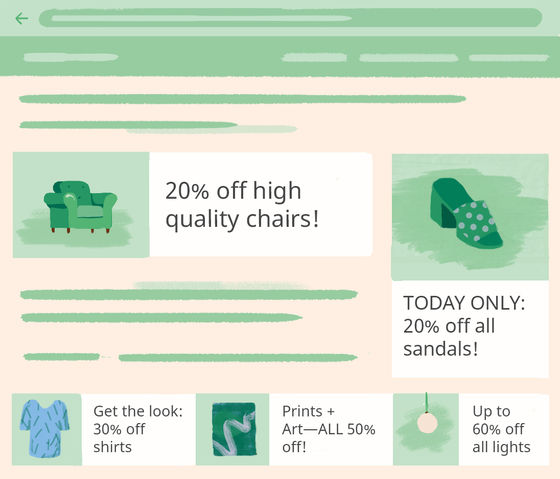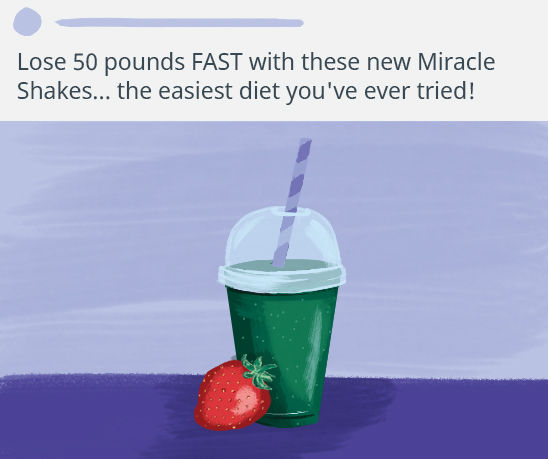Facebook itself explains what posts are less likely to appear in Facebook's news feed

On September 23, 2021, Facebook
Sharing Our Content Distribution Guidelines --About Facebook
https://about.fb.com/news/2021/09/content-distribution-guidelines/
According to Facebook, there are three main reasons why content is difficult to display. Each section describes what is specifically judged to be out for each item, making it easier to understand what to avoid in order to make the post easier to see on Facebook.
1: Respond to direct user feedback
We receive user feedback about what users like and dislike about what they see on Facebook, and the news feed changes accordingly.
・ Unsolicited advertisement
Posts that contain links to pages where the page is covered with ads, movie or audio ads play automatically, or the page needs to be reloaded to view content.

・ Clickbait
Posts with overly misleading language about the content.
・ Comments that are expected to have a high reporting rate and non-display rate
・ Organizational comments
・ Engagement bait
Posts that explicitly request 'share,' 'comment,' 'like,' etc.
・ Link to the domain that is cloaking
Posts that contain links to domains that are trying to bypass the Facebook review process.
・ Links to websites that unnecessarily request user data
・ Low quality browsing experience
Posts that contain links to sites that have deleted pages, are out of format on mobile, or have hard-to-read text sizes.
・ Low quality comments
A 0-character comment or a comment that has been lengthened by copy-paste.
・ Low quality event
Events where time or place is missing or cannot be attended.
・ Low quality movie
Posts that pretend to be live broadcasts of recordings, still images, animations, loops, etc., or disguise still images as videos.
・ Highly likely spam
・ Sensational health posts and health posts for commercial purposes

2: Encourage creators to create high-quality and accurate content
He said that he is working to promote the creation of such content so that users can obtain interesting and new materials.
・ Domains with little original content
・ Information that was false in the fact check
・ Unauthorized share
Posts with artificially increased views and engagement through actions such as creating a large number of accounts.
・ Links to domains and pages with large click gaps
Posts that contain links to pages or domains where the influx from Facebook makes up the majority of the influx.
・ News articles whose source is not clear
· Posts from untrusted news publishers
・ Posts from pages where the number of distributions is artificially inflated
・ Posts from users who hypershare to the group
・ Non-original news articles 
3: Fostering a safe community
Content that can be problematic in the community, whether intentional or omission, is less likely to be displayed.
・ Content on the borderline of community guidelines
・ Content that is likely to violate community guidelines
・ Content posted by people who repeatedly violate Facebook policy
· Links to landing pages that contain sexual and shocking content
・ Posts from users who are likely to have multiple accounts
・ Posts with suspicious buzz
In particular, posts that are unexpectedly buzzed outside the country of residence of the poster may limit the display of the post until the identity of the poster can be confirmed or the review is completed.
・ Dangerous reports of suicide
A suicide news article described in a way that is supposed to promote suicide in the ' Suicide Reporting Guidelines'.
Related Posts:
in Note, Web Service, Posted by log1d_ts







